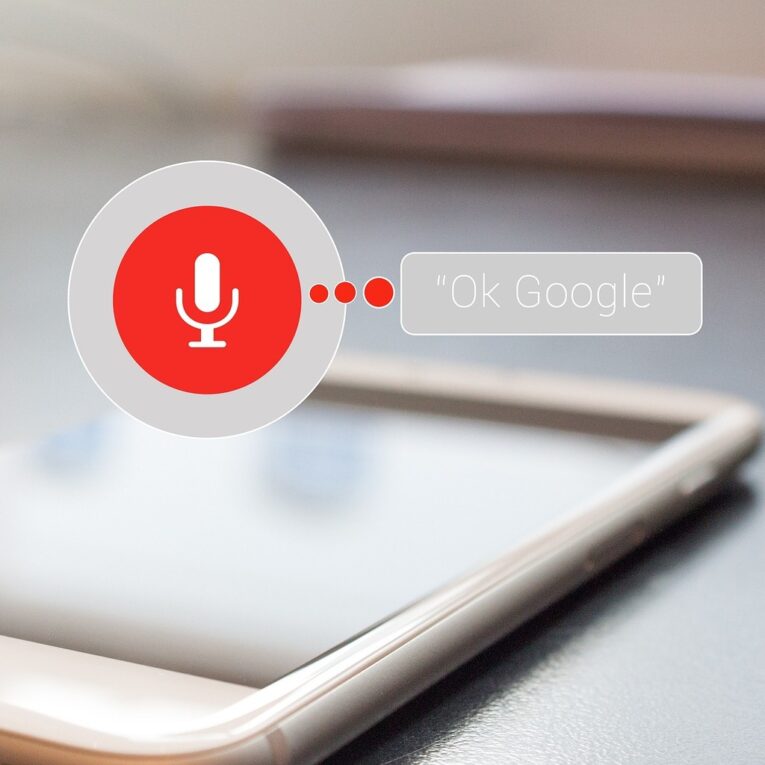With the rise of smart speakers, virtual assistants, and other voice-activated devices, Voice user interface (VUI) is quickly becoming a preferred means of communication for many people.
Mastering VUIs is essential for businesses looking to provide a seamless user experience. By understanding the basics of VUIs, businesses can start to see the potential benefits of incorporating this technology into their user interface design.
What is a Voice User Interface?
A VUI is a technology that allows users to interact with devices or software using spoken commands. VUIs are designed to understand natural language and respond accordingly. They can be found in a variety of devices, such as smartphones, smart speakers, and cars.
Why are Voice User Interfaces Important?
VUIs are important because they offer a more intuitive and accessible way of interacting with technology. They eliminate the need for physical interaction, such as typing or clicking, and provide a hands-free experience. This is particularly useful for people with disabilities, as it allows them to use technology without physical limitations.
Voice User Interfaces are also becoming increasingly popular because they offer a more personalised experience. With VUIs, users can give specific commands and receive personalised responses based on their preferences. This creates a more engaging and enjoyable experience for users.
How to Create an Effective Voice User Interface
Creating an effective VUI requires careful planning and consideration. Here are some key steps to follow:
- Define your audience: Before creating a VUI, it’s important to understand your target audience. This will help you create a VUI that is tailored to their needs and preferences.
- Choose the right platform: There are several platforms available for creating VUIs, such as Amazon Alexa, Google Assistant, and Microsoft Cortana. Choose the platform that best suits your needs and target audience.
- Design a conversational flow: A conversational flow is a sequence of questions and responses that guide the user through the VUI. It’s important to design a conversational flow that is intuitive and easy to follow.
- Use natural language: VUIs are designed to understand natural language, so it’s important to use conversational language when designing your VUI. Avoid using technical jargon or complex sentences.
- Test and refine: Once you’ve created your VUI, it’s important to test it thoroughly and refine it based on user feedback. This will help you create a VUI that is effective and user-friendly.
User Interfaces are changing the way we interact with technology. They offer a more intuitive and accessible way of communication, and provide a more personalised experience for users. Creating an effective VUI requires careful planning and consideration, but the benefits are well worth the effort. With the rise of VUIs, it’s important for businesses and developers to understand their importance and how to create them effectively.
If you’re interested in creating a VUI for your business or project, start by defining your audience, choosing the right platform, designing a conversational flow, using natural language, and testing and refining your VUI based on user feedback. With these steps, you can create an effective VUI that enhances the user experience and provides a competitive edge.

